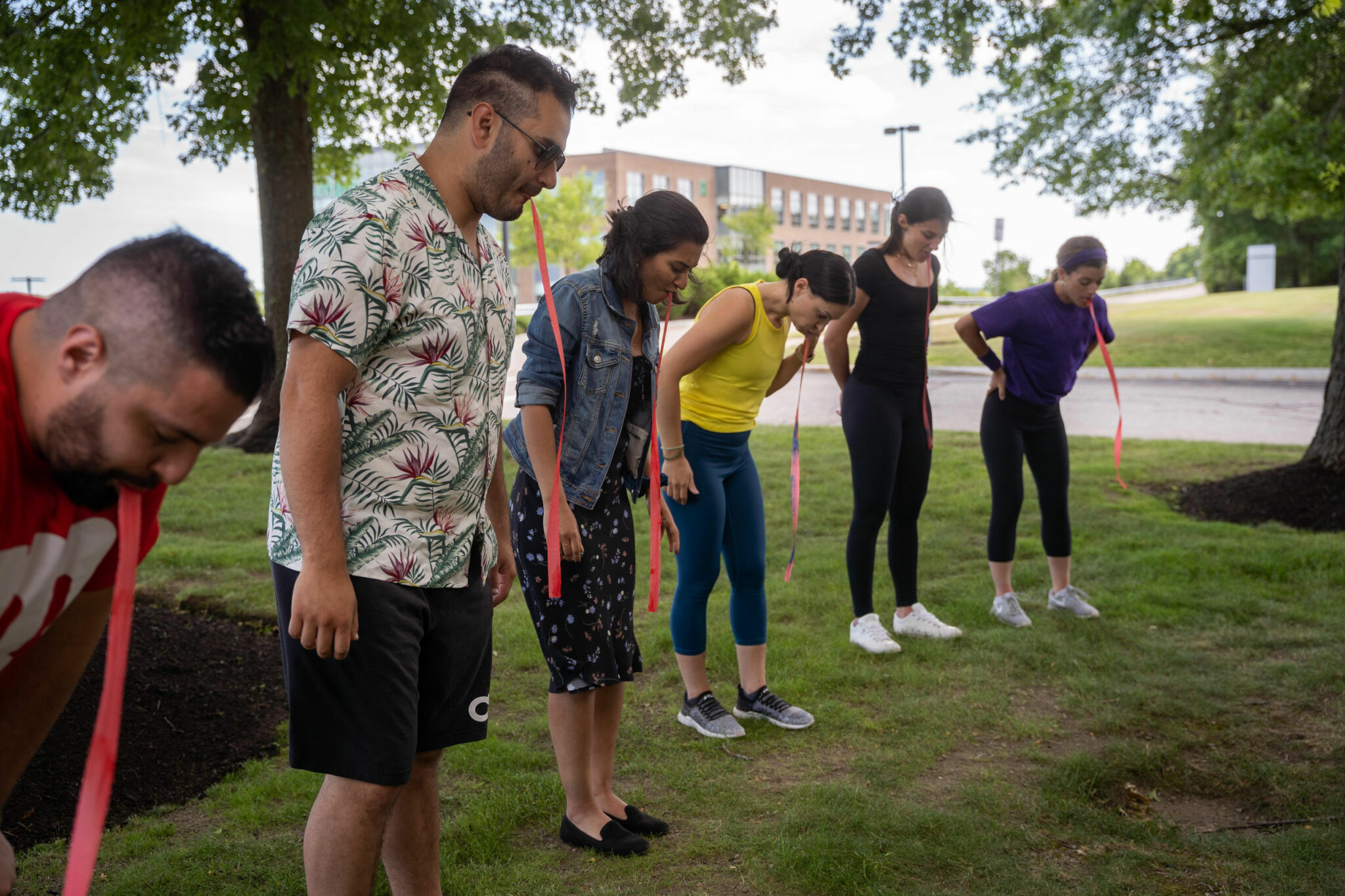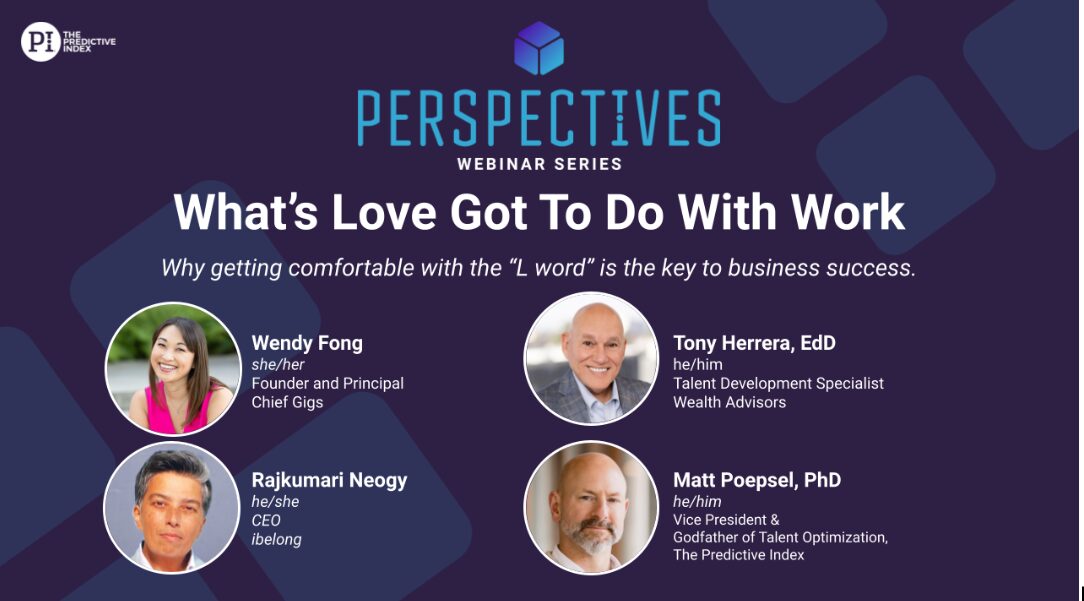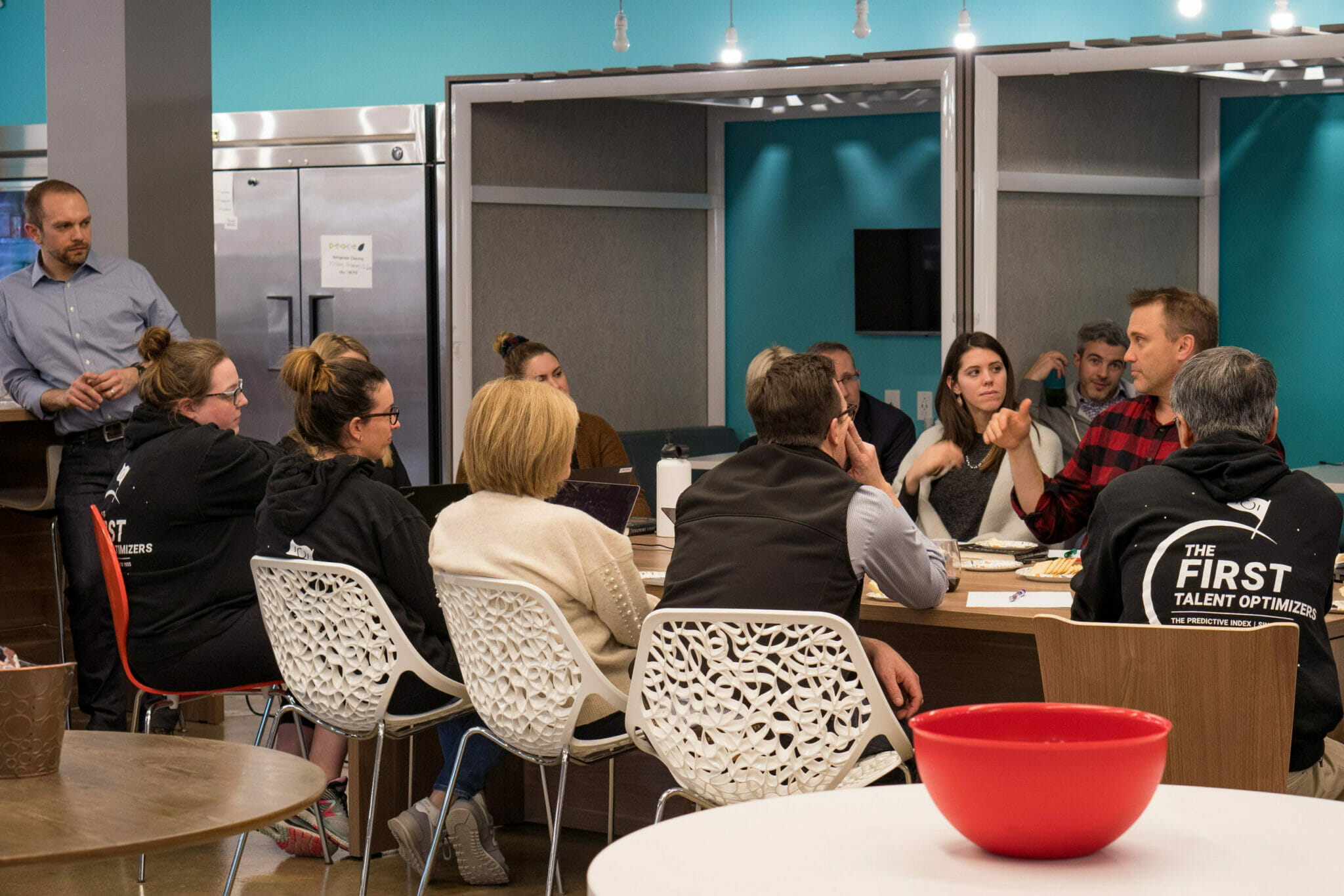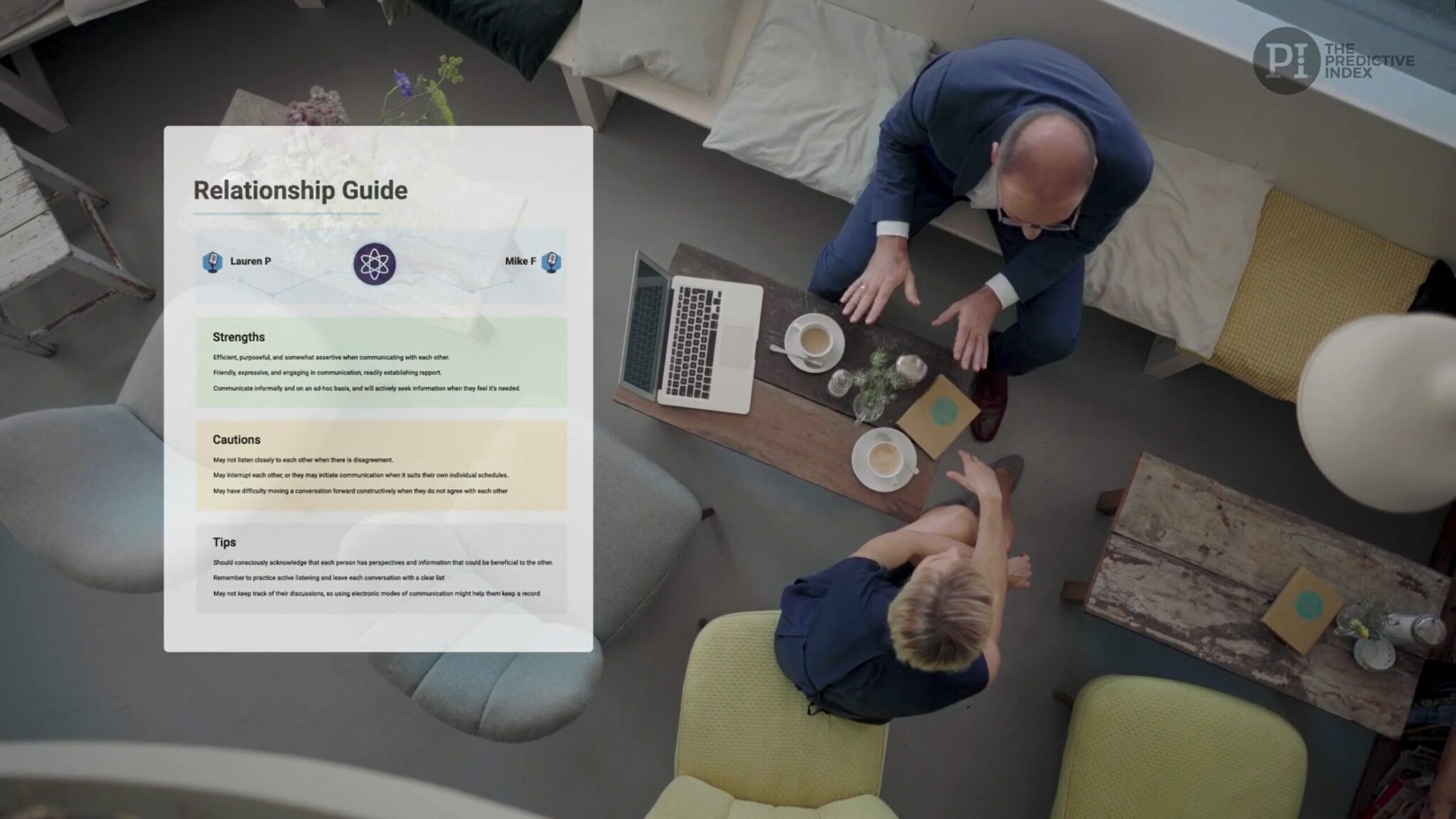Your client is ready to hire—and they want to hire the right cultural fits. There’s a lot to consider when evaluating candidates for cultural fit. And if done the wrong way, “cultural fit” can be a legal minefield.
While the fear that hiring for cultural fit can create a homogenous organization, self-aware leaders can build diverse teams that will help take the business to the next level. So, fear not: There are easy steps you can take to help your clients determine candidate cultural fit.
1. Make sure your client’s culture is established.
Culture is hard to measure. But it’s impossible to hire for fit when your client is unsure about what their company culture actually looks like.
When talking with your client about culture, be clear about what it is. Culture is made up of shared beliefs, values, and norms that guide workplace behaviors and ultimately drive business results. Every company is at a different stage with its culture. The best way to help your client understand the maturity of their culture is through a maturity model tool.
As a consultant, you can guide your client through the assessment process and mediate discussion among the leadership team. Ask important questions like:
- Does your culture align with and support your business strategy?
- Does your culture positively or negatively impact employee performance and engagement?
- Is your culture clearly defined and communicated?
- Do analytics play a role in your cultural strategy?
- Do employees have a vested interest in maximizing and reinforcing your culture?
Once your client’s senior leadership is aligned with the established culture, it’s time to think about what they want to accomplish with culture moving forward.
2. Determine if your client wants to build, maintain, or transform their culture.
Depending on the results of the cultural maturity model assessment, work with your client to determine a path to success so you can prescribe the right hiring strategy for their current needs.
If after taking the maturity model assessment, your client discovered their culture is a talent optimized one—where culture is talked about openly, celebrated, and reinforced—then your client’s hiring strategy should focus on maintenance. Reinforcing that culture through the hiring process—like sharing a document outlining the company’s core values or mission and vision statement prior to interviewing or dedicating an interview slot for a cultural interview—will go a long way in determining cultural fit.
On the flip side, if your client’s employees give off the impression that culture doesn’t matter, or the culture itself is negatively impacting employee performance and engagement, it may be time to talk about cultural transformation. You can aid your clients in building a cultural document to be shared across the company, as well as help identify high performers and evangelists to promote adoption of the newly transformed culture.

3. Help your client build a hiring strategy that aligns with their cultural strategy.
Hiring with a cultural strategy is a lot easier than hiring without one. But there are still important factors to consider when creating a hiring strategy and determining candidate cultural fit.
Ask your client:
- Does your hiring strategy allow for building diverse and self-aware teams?
- Are you prepared to identify your cultural blind spots and hire accordingly?
Once those questions have been answered, you can help your client put their hiring strategy into action by:
- Empowering hiring managers and interview teams with interview rubrics to ensure candidate fit
- Designating a portion of the interview to ask behavioral questions related to each of your client’s core values
- Setting expectations with candidates throughout the recruitment process so there are no surprises or opportunities for misalignment
Cultural change doesn’t happen overnight, but cultural impact can be felt immediately. It’s essential for your client to understand that every hiring choice has cultural implications, not just for performance, but also for overall employee engagement.
Join 10,000 companies solving the most complex people problems with PI.
Hire the right people, inspire their best work, design dream teams, and sustain engagement for the long haul.









